Saxophone models
The most common types of saxophones are the Soprano, Alto, Tenor, and Baritone sax. But there are many more different types, such as the Sopranissmo, Sopranino, Mezzo Soprano, C-Melody, Bass, Contrabass, and Subcontrabass sax. All of these instruments are tuned in E flat or B flat, except for the C-Melody and the Mezzosoprano, as the C-Melody is tuned in C and the Mezzosoprano in F. The following saxophone choir has a beautiful performance of "the West Side Story".
Is a saxophone a woodwind or a brass instrument?
A saxophone belongs to the woodwind instruments because it is a reed instrument. Adolphe Sax developed the saxophone with the clarinet as an example, which also belongs to the woodwind instrument group.
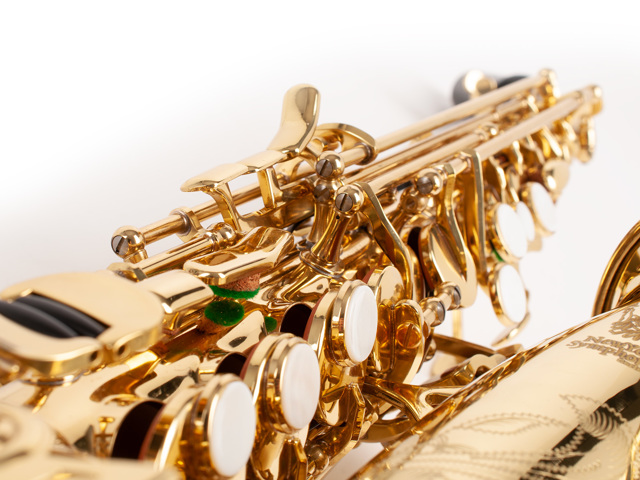
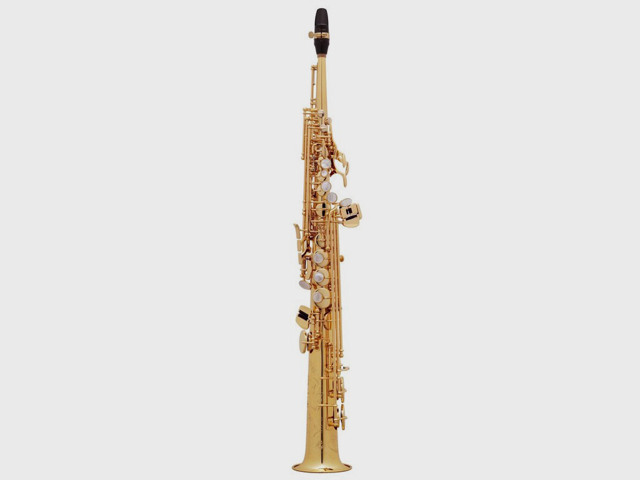
The sopranino
The sopranino saxophone is the smallest sax designed by Adolphe Sax. This instrument is tuned in the key of E-flat and sounds an octave higher than the alto sax. It is not the smallest saxophone, that honor belongs to the soprillo or sopranissimo. The sopranino sax is still used but rarely appears in a work. It is still produced by several major music manufacturers, usually on request. The most famous use of the sopranino is in Maurice Ravel's orchestral work Boléro.
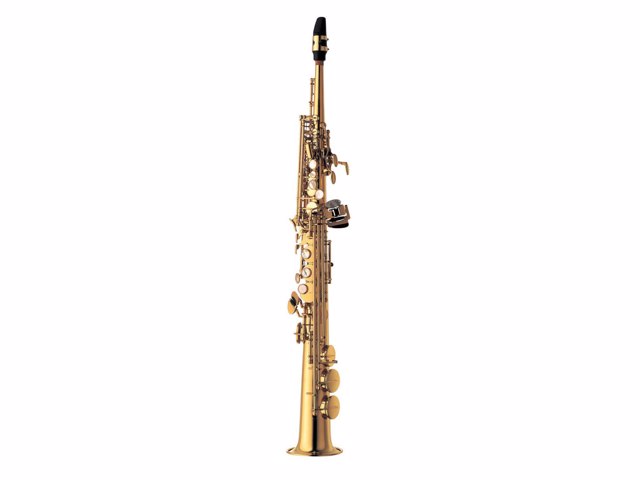
The soprano
The soprano saxophone is the smallest commonly used saxophone. Professional models of the soprano saxophone are the only saxophones that often have a high G key. The soprano saxophone is pitched an octave higher than the tenor in B flat. Because this instrument is so high pitched, it is more difficult to intonate a note correctly than with the lower pitched members of the saxophone family. The artist Kenny G is the most well-known soprano saxophonist with his smooth jazz that is often used as background music.
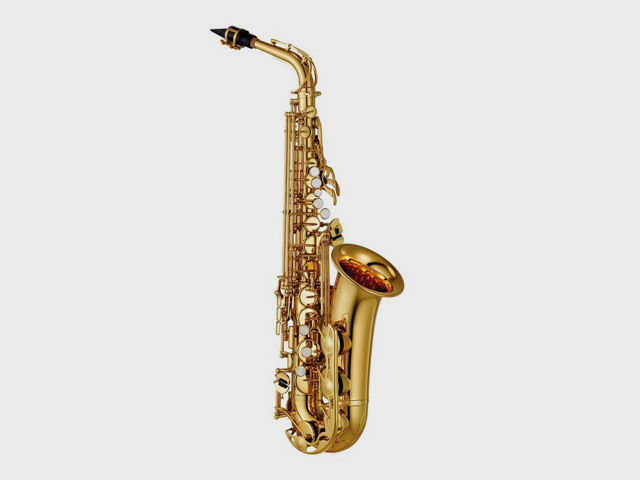
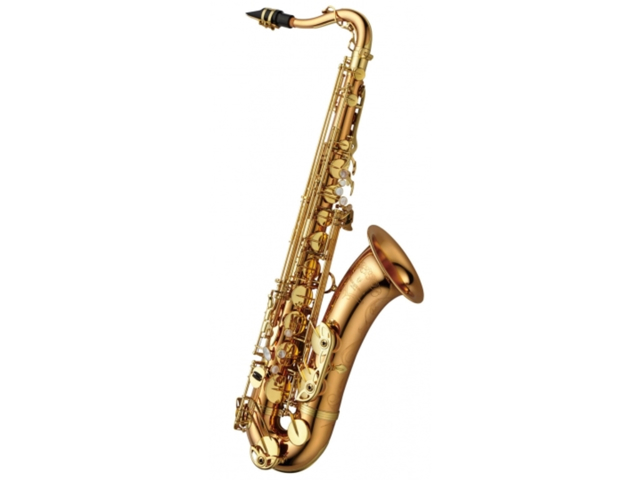
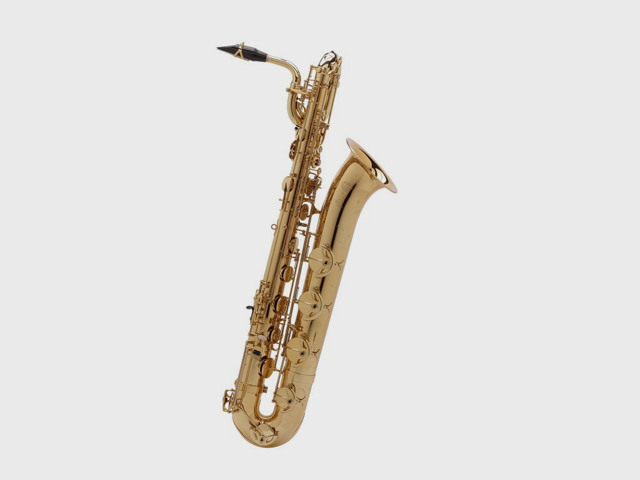
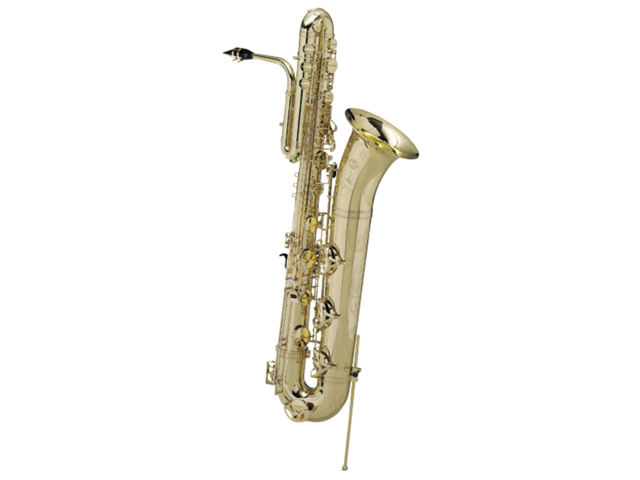
Other types
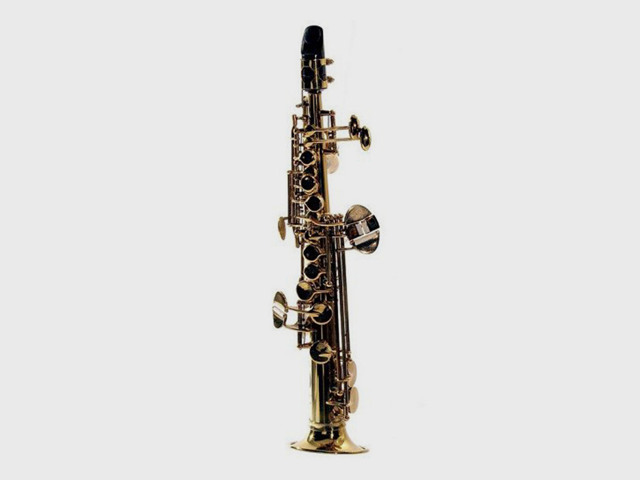
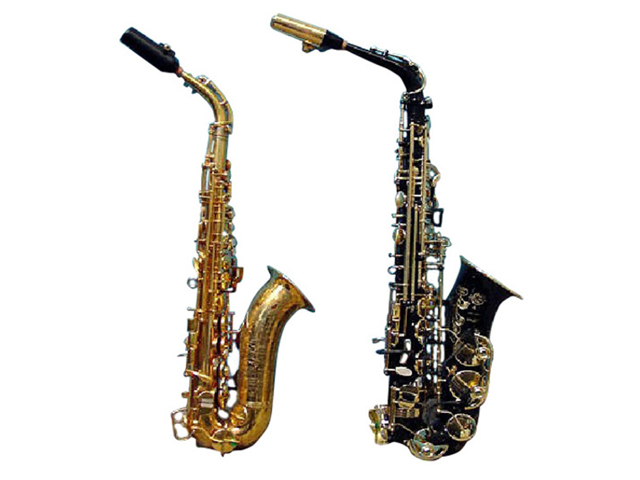
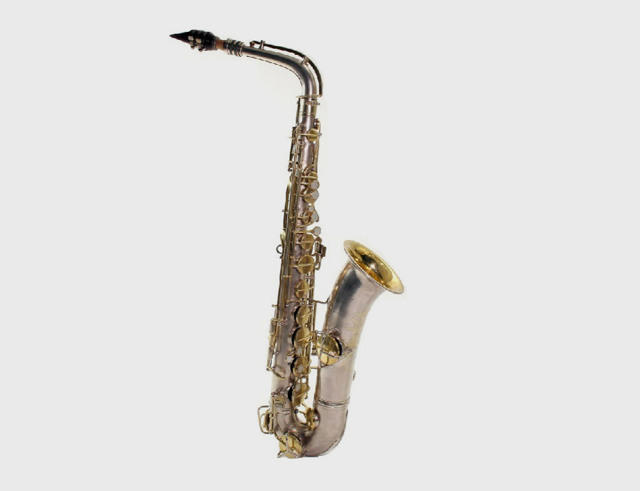
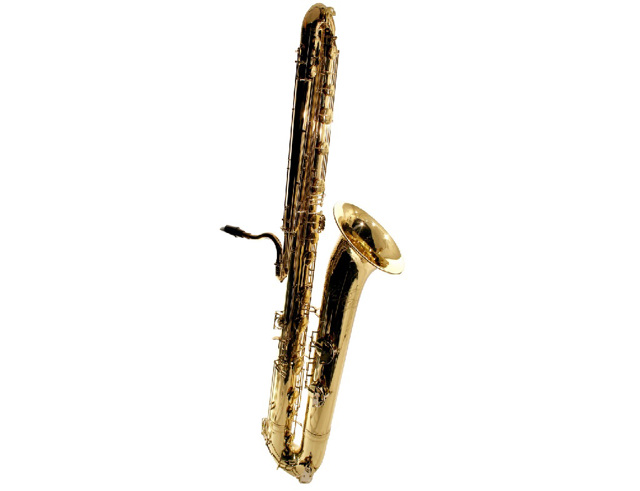
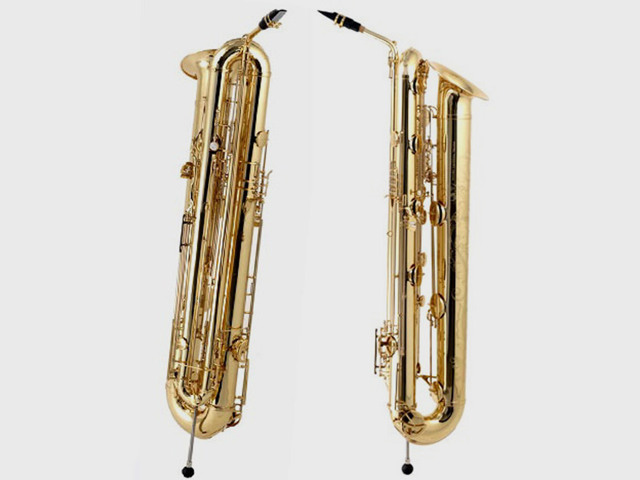
The tubax
The tubax is not exactly a member of the saxophone family, but more like a family friend who shows up at all the holidays. It was created by Benedikt Eppelsheim in 1999 and comes in two variations: the contrabass in E-flat and the subcontrabass in B-flat or C. The tubax produces a "honkier" sound compared to the average saxophone due to its narrower bore and thinner tubes. Despite its similarities to the saxophone, it falls outside of the family due to these differences. You can listen to a tubax being played in a saxophone sextet version of "Flight of the Bumblebee."